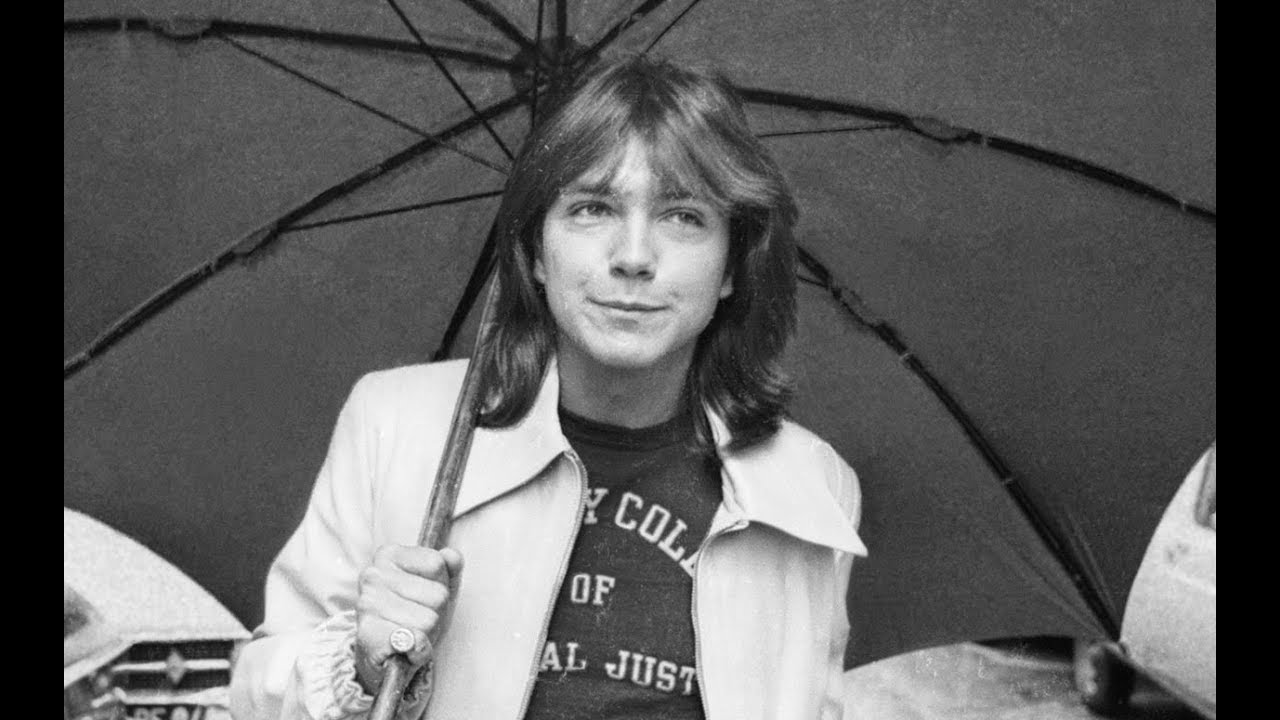
A promise that won’t let go: “It’s Preying On My Mind” holds fast to love’s afterglow, even when the room has fallen quiet
The essentials first, set gently at the top like a record on a turntable: “It’s Preying On My Mind” is a 1973 album track by David Cassidy, placed on his third solo LP Dreams Are Nuthin’ More Than Wishes—the album that reached No. 1 on the UK Albums Chart in late 1973. The song runs about 3:28 and appears on Side B of the original LP (often listed as “Preyin’ On My Mind” on pressings and discographies). It was not issued as a stand-alone single, but its life on stage was vivid: the following year, it opened the concert set captured on Cassidy Live! (which itself became a UK Top 10 album). The writing is credited to David Cassidy, Kim Carnes, and Dave Ellingson—a small, close-knit circle that shaped several of his most intimate early-’70s moments.
And then you press play. What arrives is not a tantrum of heartbreak but a slow-turning lantern—light circling the walls of a room where memory lingers after the door has closed. Cassidy sings with a warmth that seems to hold the wound rather than hide it, a soft insistence that love’s traces stay with us, marking the hours like the tick of a clock you only hear when everything else has gone still. The phrase itself—“It’s preying on my mind”—carries a steady pulse: not panic, not drama, just that persistent ache you recognize at once if you have ever waited for a voice that doesn’t call.
Part of the song’s quiet power lies in who helped him write it. Kim Carnes, then on the cusp of her own storied path, and Dave Ellingson were frequent creative companions; together with Cassidy, they had a feel for the intimate confession set to tuneful lines that don’t elbow you, they invite you. (Carnes later recalled the fast, thrilling chaos of those years around Cassidy—evidence of how closely their creative worlds intertwined.) You can hear that ease in the lyric’s natural speech rhythms, the way the melody leans into plain words and makes them luminous.
What the record means—beyond the particulars of its release and credits—is something many of us learn slowly: that love doesn’t leave a room just because two people do. Cassidy shapes that knowledge with a kind of grown-up tenderness. His voice isn’t pleading; it’s observing, almost the way late sun observes dust in the air. The band sits close to him, unshowy—acoustic textures up front, drums breathing more than beating—so the lyric’s simple turns can do their work. On the live album a year later, when he set this song first, you can feel why: it’s the doorway into a night of recollection, a hand on the shoulder before the louder numbers arrive.
For those who remember the house-hold blaze of David Cassidy in the early ’70s—the posters, the headlines, the impossible brightness—Dreams Are Nuthin’ More Than Wishes offered proof that behind the phenomenon was a singer who could move with delicacy, even restraint. The album’s ascent to UK No. 1 matters here not as bragging rights, but as context: it means this understated song was heard in countless living rooms at Christmastime 1973, drifting from new stereo consoles and portable players, finding its way into the quieter corners of ordinary evenings.
What lingers, long after the last note, is a feeling of unfinished conversation. Not the kind you regret, exactly—more the kind you keep turning over, smoothing its edges, letting it teach you a gentler patience. “It’s Preying On My Mind” suggests that memory can be companionable if you let it; that the heart’s habit of returning is not weakness but devotion in a slower tense. And yes, there’s a sweetness in that—sweet because it doesn’t lie about the ache.
Play it tonight and you may notice how the room seems to widen around you. You may see a younger face in the glass or remember the weight of a winter coat, a doorway you didn’t step through, a name you still say under your breath. That’s the song working as it was meant to: not as spectacle, but as company. And when the needle lifts—or the stream goes quiet—you’ll know why this track, tucked modestly on Side B of a No. 1 album, still feels like it was written with your own handwriting. Because some thoughts don’t vanish; they settle. They keep watch. They prey a little, yes—but mostly they stay.